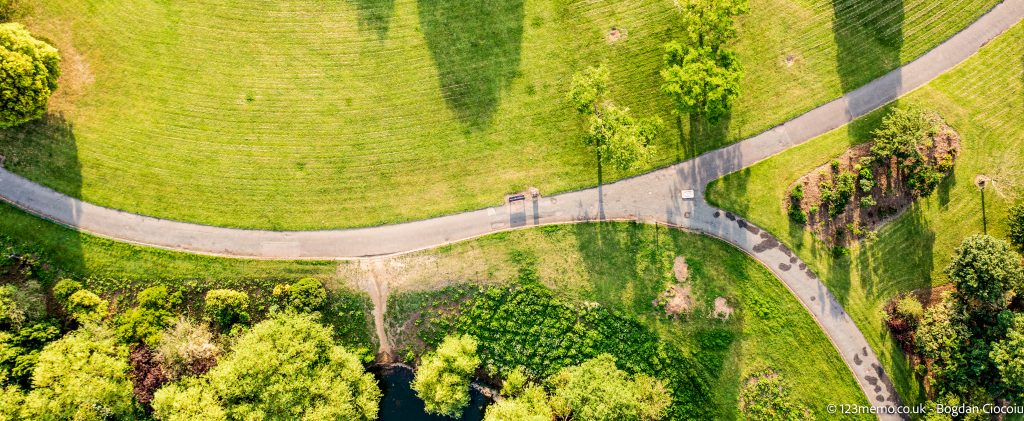Below, we set out our standard terms for aerial drone services. If you have any questions about them, please reach out, and we would be happy to help.

The Civil Aviation Authority regulates our operational activity, including the times and the locations where we can fly our drones, and demands that we protect any neighbouring buildings, people and venues (involved or not involved) through a series of restrictions. We also have to be aware of environmental or technological restraints such as weather, battery power, aerodromes, helipads, airfields, wires, buildings, or any other residential factors relevant to our operation. For these reasons, we must analyse each flight operation individually (even if we have completed a similar process in the past). Our drone pilots are trained and experienced and know best whether a flight procedure can go ahead or otherwise while on-site or whether more mitigation is required before they can proceed. Therefore, we ask our clients to work with our operators on the day of the operation.
Risk assessments and pre-flight preparations
To ensure that all our flights are safe, we cannot commence an operation before completing a risk assessment. These include gathering project information, airspace checks, desktop research and preparation, a high-level survey on the neighbouring residential buildings, pedestrian flow analysis, emergency procedures, contingency plans and other similar factors. If any of these checks provide that the flight operation is not safe, we will inform the client and propose mitigation actions.
Weather conditions
We can only operate within temperatures between 0°C and 40°C. We also cannot fly if it rains or snows or if the clouds are/or appear charged, or if the drone operator hears or sees signs of thunderstorms. We have to consider these restrictions for safety reasons should the drone malfunction during the flight due to unfavourable or extreme weather conditions.
Authorisation limitations
CAA provides clear restrictions on what we can and cannot do, and our drone operators can help our clients interpret these restrictions. However, we always encourage our clients to set out their requirements because we could ask the CAA (or other relevant bodies) for temporary authorisations to complete the tasks. We ask our clients to note that any requests put forward to CAA or other authorising bodies might require several days or week for responses to come back, but we will clarify what manoeuvres we can make and which ones need additional permissions from a third party, and we can estimate the expected response time for any such requests.
The right to cancel the flight
If during the operation the drone operator feels that continuing the flight might pose a risk to people or goods, or that a request expressed by the client is not compliant with the CAA requirements or is not reasonable, we reserve the right to stop the operation. Should this happen, we will provide the client with a full explanation of this decision in writing (if requested). We will work with our clients to help them safely achieve their goals, but we can only fly our drones if we feel safe.
Service quotes
A genuine belief that the information we receive is truthful and accurate underpins all quotations we communicate to our potential clients. We maintain the right to renegotiate contracts, quotes, or other commitments previously made if we discover that the information provided by the possible client is not accurate and that it creates additional work.